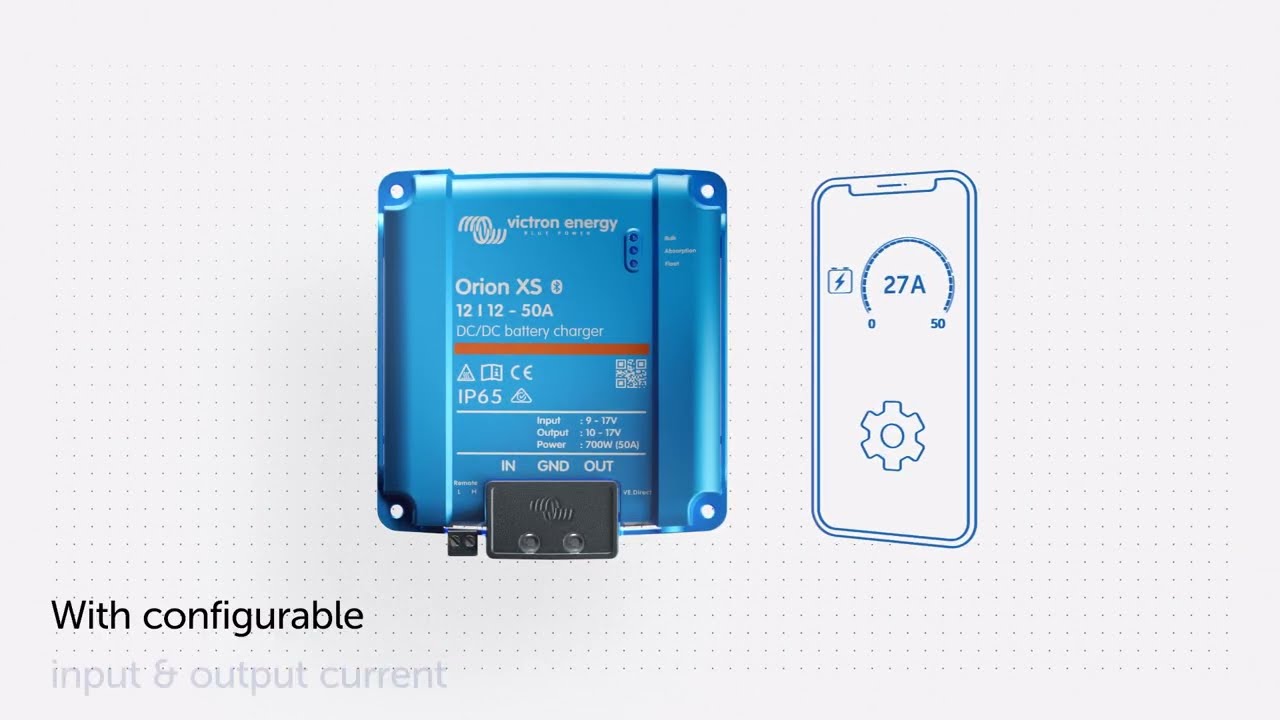

Hello,
Sign In
What is a supercapacitor? How is it different from a battery? Hoe do they work and is it the future of energy storage?
Personally, I’m a huge fan of supercapacitors and we’re working on a battery that contains supercapacitors. We’re still in the development stages, with the first round of prototyping having been completed. While they work there’s still a bit of work to be done, refining the product and adding features (one that we’ll try and patent).
Most of you will be aware that both batteries and capacitors can be used to store energy, but they do so in very different ways.
Batteries are a form of chemical energy storage, releasing it through chemical reactions and the flow of ions (and obviously electrons).
Capacitors use static electricity, similar to when you get an electric shock when getting out of the car. It has two sides that are very close to each other but not touching, one side has a lot of electrons (the negative side, as electrons carry a negative charge), the other side doesn’t have many electrons (the positive side). The electrons want to go from one side to the other, and that’s exactly what you do when you complete the circuit. Because all the electrons are all just sitting there (simplification for the purpose of this explanation) and no chemical reaction is required to occur, they can be released very, very quickly. It’s not uncommon for supercapacitors to be able to supply hundreds, if not thousands of Amperes.
So the power of supercapacitors (Watts) tends to be higher than batteries of the same size, however the downside is that their energy (Watt hours or Joules) is much lower. So replacing a battery with just a supercapacitor often isn’t a great solution, whereas replacing it with a battery and capacitor solution can be great.
Capacitors also aren’t rated in Ah, like batteries, but in Farads. Most capacitors that are used in electronics (they have many applications, much beyond what I’m talking about now) have capacities in the μF or micro Farads (one millionth of a Farad). Supercapacitors on the other hand tend to have a much larger capacity, some of them going into the thousands of Farads.
The formula to work out the energy stored in a capacitor is E=½*C*V2, where C is the capacitance in Farads and V is the voltage. So 500F supercapacitor (this is very large, just a bit smaller than six cans of Red Bull) at 14V would have an energy of 0.5*500*142=49,000J or 49kJ. In order to compare this to Wh, we have to divide it by 3,600 (as there are 3,600 seconds in an hour as one Joule equals one Watt second), so we get 13.6Wh.
As you can see from that figure and from the diagram below, the energy density of a supercapacitor is much lower than that of a battery of a similar size. A supercapacitor might have an energy density of around 7Wh/kg (compared to around 200Wh/kg for NMC or LiFePO4 batteries), their power density however might be 12kW/kg, compared to around 0.3kW/kg for many NMC and LiFePO4 batteries.

Copyright © 2023 Muller Energy. All rights reserved.
Lorem ipsum dolor sit amet, consectetur adipisi cing elit, sed do eiusmod tempor incididunt ut labore et dolore magna aliqua. Ut enim ad minim veniam, quis nostrud exercitation ullamco laboris nisi ut aliquip ex ea commodo consequat.